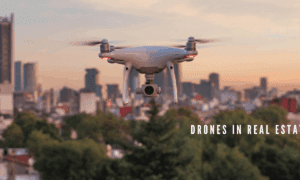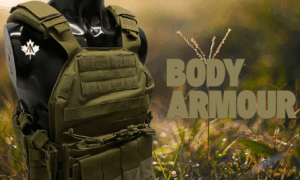Introduction:
Augmented Reality (AR) has transcended its initial gaming and entertainment applications, making waves in various industries. One such domain where AR is creating a significant impact is in the realm of dog training. Imagine a world where your furry companion’s training sessions are not only effective but also engaging and interactive. Augmented Reality in dog training is a revolutionary concept that is transforming the way we nurture and educate our canine friends.
Understanding Augmented Reality:
Before delving into the application of AR in dog training, let’s grasp the essence of augmented reality. AR is a technology that overlays digital information onto the real world, enhancing our perception of the environment. In the context of dog training, AR introduces a dynamic and immersive layer to conventional training methods, making the learning process more enjoyable for both the trainer and the dog.
Engaging Training Sessions:
Traditional dog training methods often rely on verbal commands, treats, and physical cues. While effective, these approaches may lack the engagement required for optimal learning. Augmented Reality bridges this gap by introducing visually stimulating elements that capture the dog’s attention and keep them focused on the training session. Interactive AR simulations can include virtual obstacles, targets, and rewards, transforming mundane exercises into exciting challenges.
Real-Time Feedback:
One of the key advantages of integrating AR into dog training is the provision of real-time feedback. Traditional methods might not offer immediate insights into a dog’s performance, leading to potential gaps in the learning process. With AR, trainers can receive instant data on the dog’s responses to commands, allowing for quick adjustments and a more personalized training experience. This instantaneous feedback loop promotes faster skill acquisition and strengthens the bond between the trainer and the dog.
Customizable Training Programs:
Every dog is unique, and their training needs can vary widely. Augmented Reality enables trainers to customize training programs based on individual characteristics, ensuring that each session addresses the specific requirements of the dog. Whether it’s obedience training, agility exercises, or behavior modification, AR allows for tailored simulations that cater to the diverse learning styles of different breeds and personalities.
Enhanced Visualization:
Visualizing training scenarios is crucial for effective communication between the trainer and the dog. Augmented Reality provides trainers with the ability to create lifelike simulations that replicate real-world scenarios. For instance, a virtual park setting can be generated for outdoor training, complete with distractions such as other dogs, people, and environmental stimuli. This heightened level of realism enhances the dog’s ability to generalize commands and behaviors to various situations.
Gamification of Training:
Dogs, like humans, respond well to gamification. Augmented Reality introduces an element of playfulness into training sessions, making the learning experience enjoyable for the dog. Virtual games and challenges can be incorporated, encouraging dogs to use their cognitive and physical abilities in a fun and rewarding context. This not only stimulates their minds but also fosters a positive association with training.
Seamless Integration with Traditional Methods:
AR in dog training does not aim to replace traditional methods but rather to complement them. Trainers can seamlessly integrate AR into their existing routines, combining the benefits of both conventional and modern approaches. This hybrid model ensures a balanced and effective training regimen that caters to the unique needs of each dog while embracing technological advancements.
Addressing Behavioral Issues:
Behavioral issues are common challenges in dog training, and addressing them requires a nuanced approach. Augmented Reality provides trainers with tools to simulate scenarios that trigger specific behaviors, allowing for targeted desensitization and counterconditioning. This innovative approach can be particularly beneficial for dogs with anxiety, fear, or aggression issues, facilitating a gradual and controlled exposure to challenging situations.
Accessibility and Convenience:
The beauty of AR in dog training lies in its accessibility and convenience. Trainers can harness the power of AR through smartphones, tablets, or AR glasses, eliminating the need for elaborate equipment. This flexibility allows for training sessions in various environments, making it convenient for both professional trainers and dog owners to incorporate AR into their routine.
Conclusion:
Augmented Reality is not just a technological marvel; it is a game-changer in the world of dog training. By infusing creativity, engagement, and customization into training sessions, AR elevates the learning experience for dogs and their human companions. As the bond between humans and dogs continues to strengthen, the integration of AR promises a future where training sessions are not just a routine but an exciting journey of shared experiences. Embrace the evolution of dog training through Augmented Reality, and witness the transformation of training sessions into vibrant, interactive adventures for you and your furry friend.



































